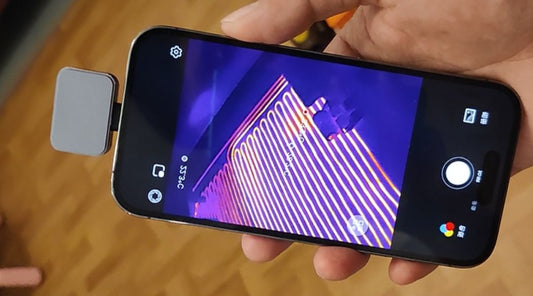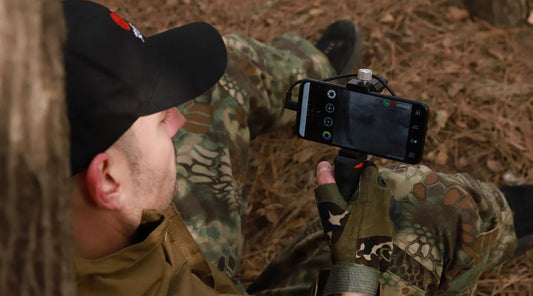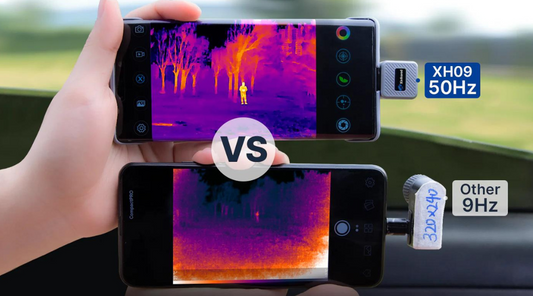Tips on Home Inspection : Xinfrared P2pro Thermal Camera
Home inspection is an essential process for anyone looking to buy or sell a home. The inspection process helps identify potential problems that may need fixing before closing the deal. In recent years, technology has made home inspection much easier and more efficient. One of the most useful tools for home inspectors is the P2pro thermal camera, which provides valuable insights into the condition of a home.

What is a P2pro Thermal Camera?
A P2pro thermal camera is a device that uses infrared technology to detect temperature variations in an object or surface. This device is capable of detecting temperature differences as small as 2 degrees Celsius. The camera produces an image called a thermogram, which shows the temperature variations across the surface being inspected.

P2pro thermal cameras have a wide range of applications, including building inspections, electrical inspections, and mechanical inspections. In the context of home inspections, a P2pro thermal camera can help identify areas of heat loss, moisture intrusion, and electrical issues.
Tips for Using a P2pro Thermal Camera for Home Inspection
Prepare the Home: Before using the P2pro thermal camera, it is important to prepare the home for inspection. This includes turning on all of the lights, closing all of the doors and windows, and adjusting the thermostat to a comfortable temperature.
Focus on the Envelope: The envelope of a home refers to the exterior walls, roof, and foundation. These areas are critical to the energy efficiency and structural integrity of the home. Using a P2pro thermal camera to inspect the envelope can help identify areas of heat loss, moisture intrusion, and insulation deficiencies.

Check for Water Intrusion: Water intrusion can lead to mold growth, rotting wood, and structural damage. Using a P2pro thermal camera to inspect for water intrusion can help identify areas of moisture buildup and potential leaks.
Inspect Electrical Systems: Electrical issues can be dangerous and costly to repair. Using a P2pro thermal camera to inspect electrical systems can help identify hot spots, overloaded circuits, and potential fire hazards.

Evaluate HVAC Systems: Heating and cooling systems are critical to the comfort and energy efficiency of a home. Using a P2pro thermal camera to inspect HVAC systems can help identify areas of heat loss or gain, air leaks, and insulation deficiencies.
Take Notes and Photos: As with any home inspection, it is important to take detailed notes and photos during the inspection process. This will help you remember important details about the home and provide a record for your client.
Hire a Professional: If you are not comfortable using a P2pro thermal camera or other home inspection tools, it is always best to hire a professional. A certified home inspector can provide a thorough analysis of a home's condition, including the use of thermal imaging technology.
Conclusion
In summary, a P2pro thermal camera is a valuable tool for home inspectors. It can help identify potential problems with a home's envelope, water intrusion, electrical systems, and HVAC systems. By following these tips, home inspectors can use the P2pro thermal camera to provide valuable insights into the condition of a home.




